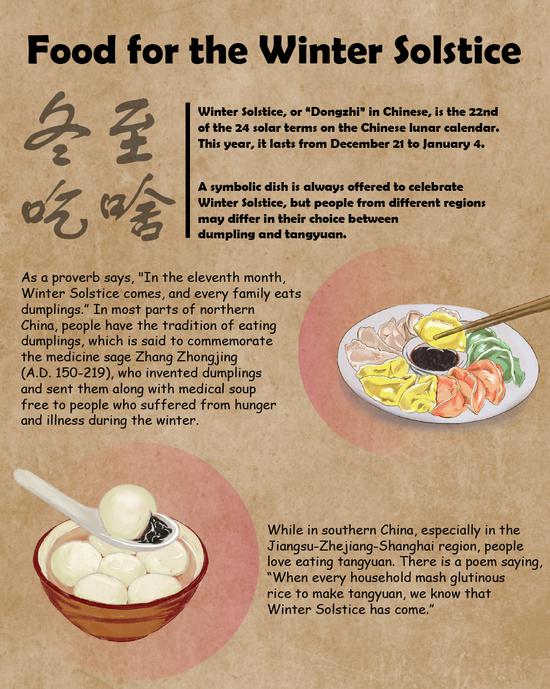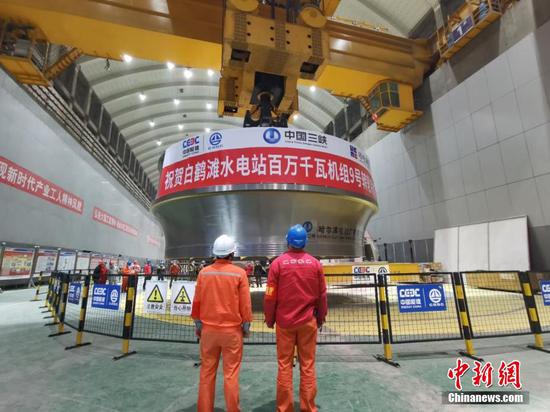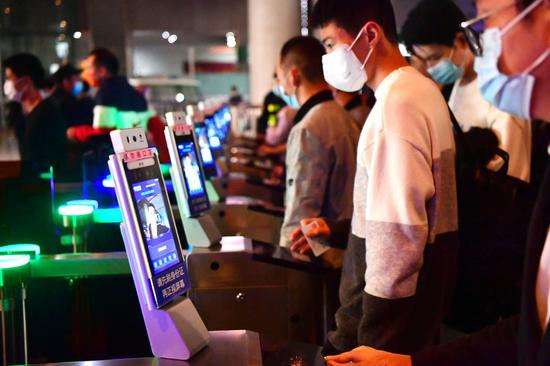HIGHER EFFICIENCY
The MIIT plan encourages the petrochemistry industry, a branch of the fuel chemical industry, to focus on direct production from crude oil and the use of coal-synthesized gas.
China Petroleum & Chemical Corporation (Sinopec), China's largest oil refiner, announced in November its success in the industrial application of crude oil steam-cracking technology, which can directly turn crude oil into ethylene and propylene by skipping the traditional refining procedure.
The traditional refining process can turn about 30 percent of crude oil into chemical products.
Using the new technology, 1 million tonnes of crude oil can produce about 500,000 tonnes of various chemicals, including about 400,000 tonnes of high-value products such as ethylene, propylene, light aromatics and hydrogen.
The crude oil catalytic-cracking technology, another technical route that Sinopec realized earlier this year, can also turn about 50 percent of crude oil into various chemicals. The combination of the two cracking technologies is expected to raise the turning rate to 70 percent.
China produced about 21.6 million tonnes of ethylene in 2020, with a growth rate of 5.25 percent year-on-year, according to the National Bureau of Statistics. Considering the scale of production, Sinopec's new method has the potential to save a huge amount of crude oil.
LOWER EMISSIONS
Supported by advanced technology, chemical plants in China have started to cut their carbon emissions. In Shanghai in east China, there is already a refinery that produces carbon-neutral products.
This September, the Shanghai Environment and Energy Exchange issued the country's first carbon-neutral petroleum certificate to a batch of refinery products made by Gaoqiao Petrochemical, a Sinopec subsidiary in Shanghai.
Those refinery products, made from 30,000 tonnes of crude oil, include gasoline, diesel, kerosene and liquefied petroleum gas that are all carbon-neutral.
Between 2018 and 2020, Gaoqiao Petrochemical completed 53 pollution control projects, significantly reducing the total emissions of major pollutants during production. The average emission concentration dropped to about 23 percent of the sector's standard limit.
This year, the company started projects such as colored smoke treatment, volatile organic compounds treatment, and ultra-low emission modification of heating furnaces to further cut emissions.
Besides emission-control measures, Gaoqiao Petrochemical is turning byproducts into clean energy.
In 2020, the company built a demonstration project to produce high purity hydrogen for fuel-cell vehicles from the byproducts of the refining plant. It plans to expand the hydrogen production line to provide 10 tonnes of hydrogen per day, enough to power 1,000 domestic fuel-cell cars to run 1,000 km.


















































 京公网安备 11010202009201号
京公网安备 11010202009201号
